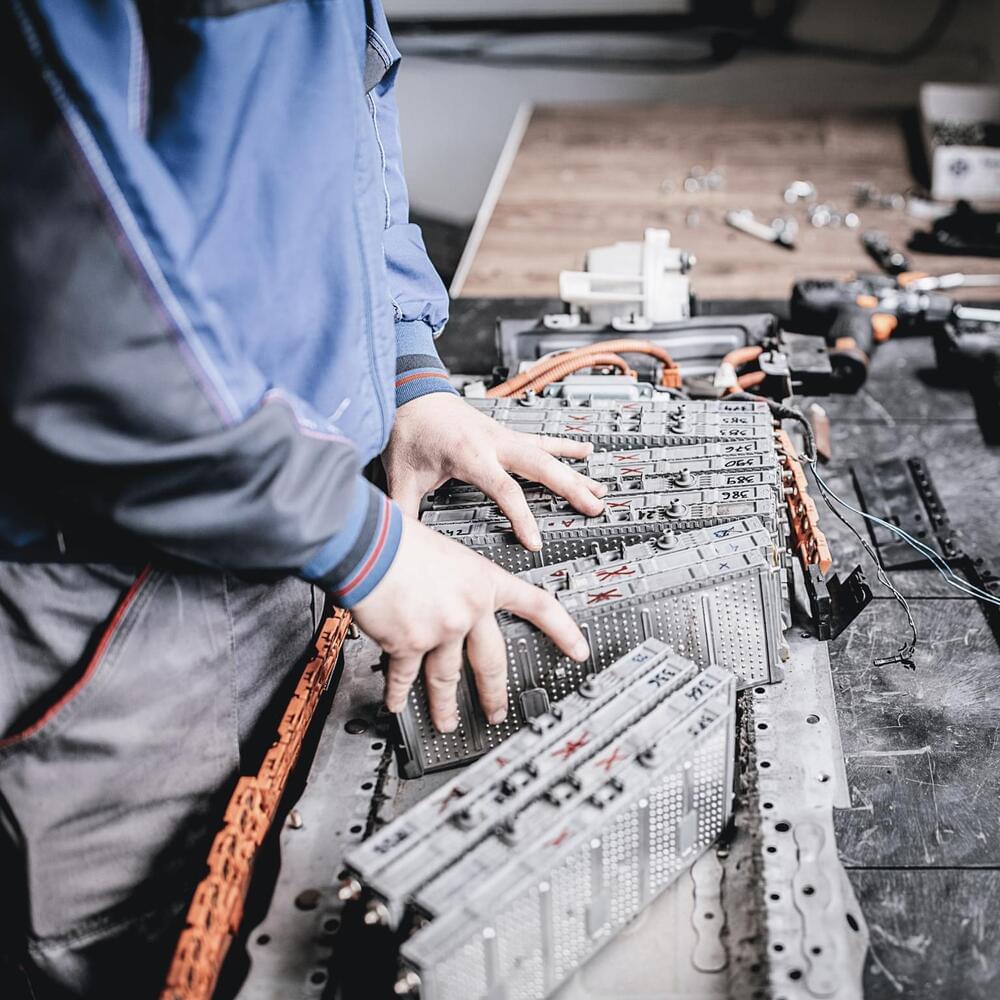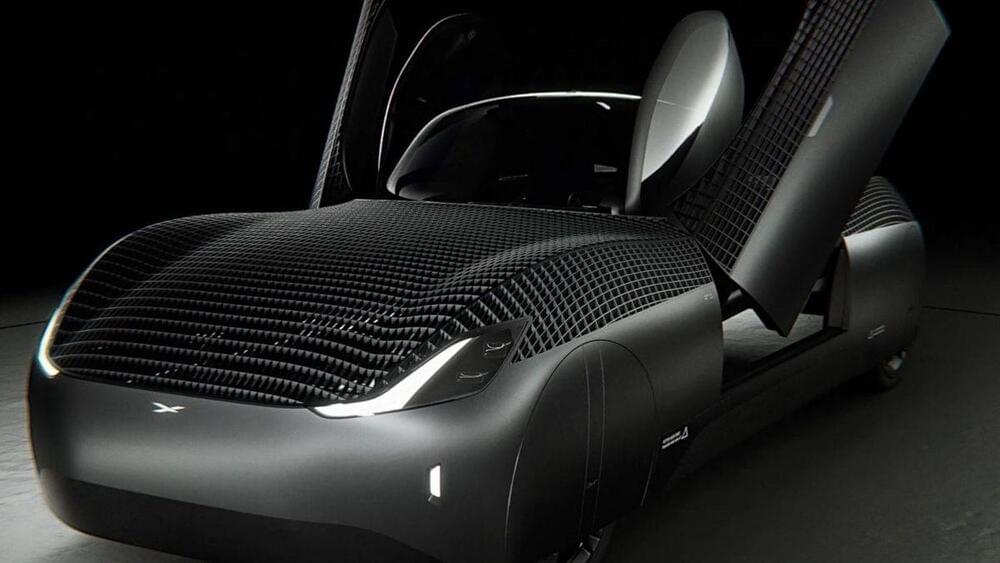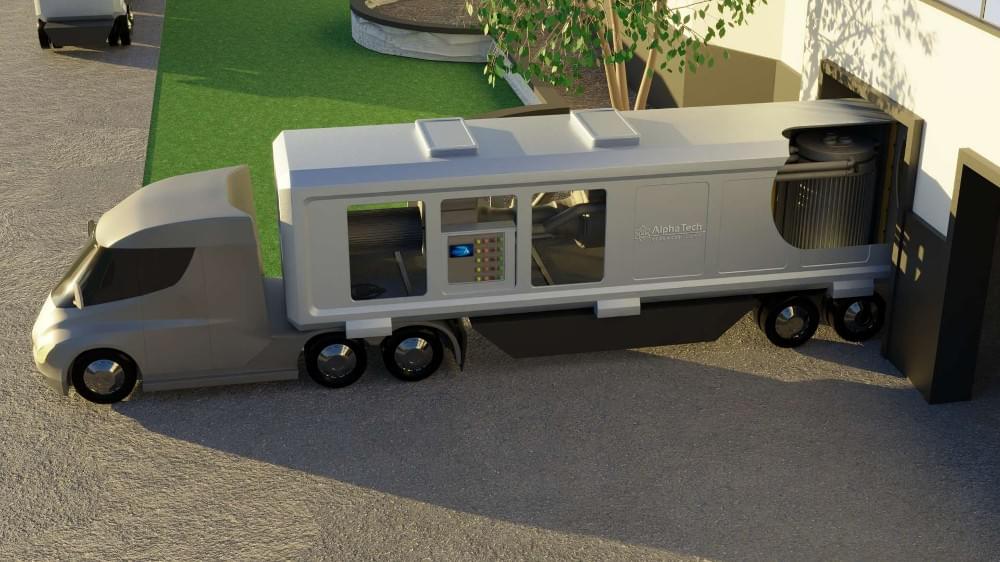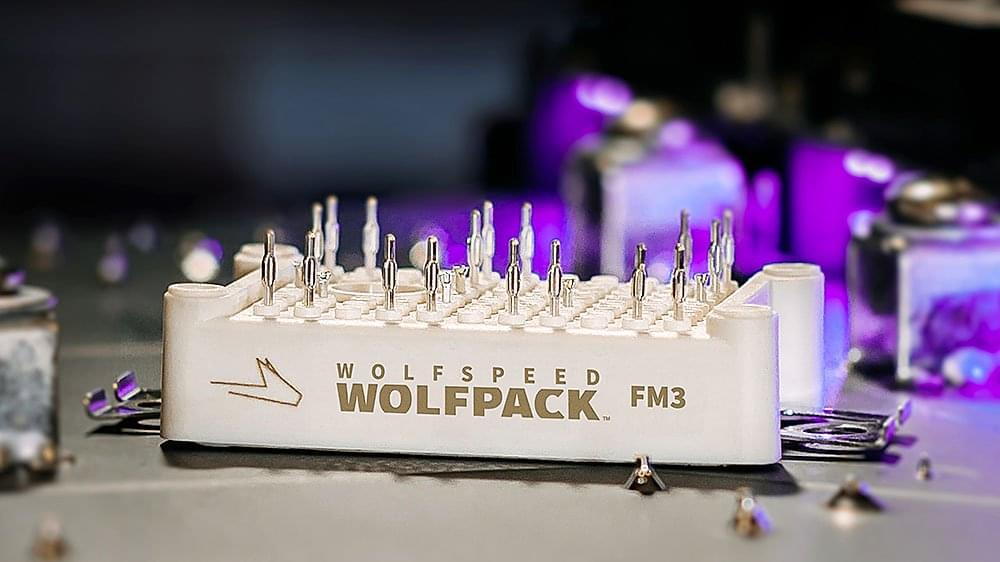Yes, this will waste money but it will reduce the time needed for you to hit 20 million vehicles/year. Your biggest limitation is time.



As sales of battery electric vehicles (BEV) increase, OEMs need to focus on R&D excellence, flexible manufacturing, and value-chain integration to improve profitability.
Even in countries where BEV sales are picking up, many automotive executives are concerned about profitability. Some EV OEMs have already begun investigating changes to their go-to-market models that may increase sales and reduce costs quickly. Over the midterm, however, they will need to apply additional measures to be profitable, and our recent research shows that three levers will be particularly important in this respect:
Most OEMs do not have all the required capabilities, such as the ability to develop software for both batteries and e-drive, to move BEV production completely in-house. Consequently, they often need to form strategic partnerships across the ecosystem, including those for BEV design, manufacturing, and component sourcing. These partnerships will also allow them to share the burden of capex spending until they achieve sufficient scale.
Partnerships can take many forms, such as joint ventures, and OEMs may form links across the value chain, such as those with battery suppliers. These partnerships may have various goals, from securing a supply of high-quality lithium-ion battery cells to codeveloping vehicles to building a supporting charging infrastructure. Managing such partnerships will require close attention and the ability to lead a complex network.
BEV profitability will continue to face headwinds from high e-drive and battery costs, as well as the need for high investments at a time when sales volumes remain challenged. By focusing on additional cost reductions in R&D, manufacturing processes, and value-chain integration, companies may realize profitability and put themselves in a stronger position as the BEV market gains traction.
Elon Musk made a bold prediction during Tesla’s Q3 2022 earnings call stating that Tesla would grow to become an enormous company by the end of this decade.
Tesla CEO Elon Musk dazzled and entertained listeners during the call, which was full of jokes and ambitious goals. That’s when he made the bold statement that Tesla could surpass both Apple and Saudi Aramco’s market cap in the future.
Back in 2017, Elon Musk said Tesla would exceed Apple’s market cap of $700 billion in just a few years. Tesla did just that back in 2020 during its glorious bull run and hit the $1 trillion mark during the height of the 2021 stock market bull run.

The street-legal eVTOL costs only $300k.
A California-based sustainable electric transportation company unveiled the prototype of a flying car, according to a company release. The Alef “Model A,” the only flying automobile with street-legal driving and vertical takeoff abilities, is presented by Alef Aeronautics, a cutting-edge technology company developing alternative transportation solutions for soaring traffic patterns.
Alef uses innovative technology to elevate the vehicle securely above regular traffic, enabling quicker, simpler travel, and reducing the load of urban congestion.
Alef Aeuronautics.
The Alef “Model A,” the only flying automobile with street-legal driving and vertical takeoff abilities, is presented by Alef Aeronautics, a cutting-edge technology company developing alternative transportation solutions for soaring traffic patterns.


Just like a pianist who learns to play their instrument without looking at the keys or a basketball player who puts in countless hours to throw a seemingly effortless jump shot, UCLA mechanical engineers have designed a new class of material that can learn behaviors over time and develop a “muscle memory” of its own, allowing for real-time adaptation to changing external forces.
The material is composed of a structural system made up of tunable beams that can alter its shape and behaviors in response to dynamic conditions. The research finding, which boasts applications in the construction of buildings, airplanes and imaging technologies among others, was published Wednesday in Science Robotics.
“This research introduces and demonstrates an artificial intelligent material that can learn to exhibit the desired behaviors and properties upon increased exposure to ambient conditions,” said mechanical and aerospace engineering professor Jonathan Hopkins of the UCLA Samueli School of Engineering who led the research. “The same foundational principles that are used in machine learning are used to give this material its smart and adaptive properties.”

Eviation was the first to reach the aviation milestone, with an electric plane designed from scratch that took to the skies September 27th.
